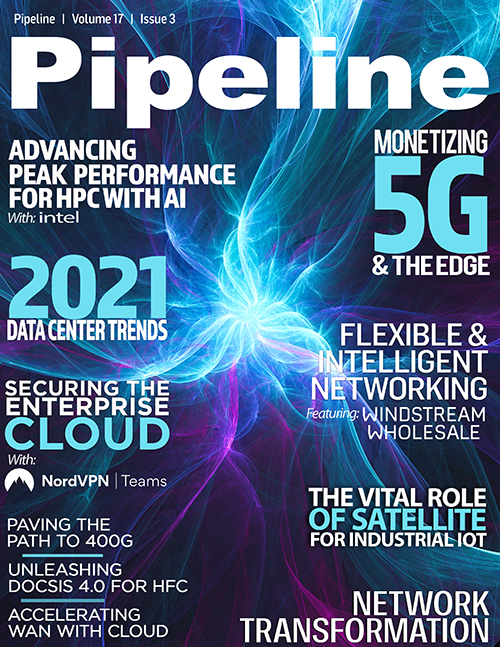Unleashing DOCSIS 4.0 for HFC & FTTH
Along the path to D4.0, FDX is a promising option designed to allow US and DS traffic to share the same spectrum, simultaneously. It is optimized for DAA N+0 network architectures without amplifiers. An alternative is Dynamic Soft-FDD, where the split is changed dynamically to match the traffic demand, offering the same benefits as FDX but with typically larger interference groups.
Dynamic Soft-FDD essentially enables FDX-like operation in cascaded Node+X networks with amplifiers. Finally, ESD provides the third option, where the DS spectrum can go beyond 1.2 GHz. While it requires changing taps and amplifiers, it works in an FDD mode just like today’s networks. In addition, ESD can capitalize on the already-mentioned Dynamic Soft-FDD approaches to dynamically change its split frequencies.
As operators push fiber deeper into their networks, active taps can be employed as small active devices (amplifiers) to support relatively small, distributed gain values. This enables continued use of the hardlines with higher modulation orders at higher frequencies, which will yield additional capacities. Additionally, as a late-stage step before pulling fiber to the home—with or without active taps—operators can consider fiber to the tap (FTTT). This solution enables the use of existing drop cables that can support frequencies up to 25 GHz, which translates to data rates of more than 200 Gbps. In this case, the coaxial cable network becomes a point-to-point network, which will enable ESD operation in tandem with FDX operation.
DOCSIS 4.0 - migration strategy
An optimal network migration strategy requires a comprehensive decision-making process that takes stock of all available tools simultaneously. The process should be repeated every time a decision is to be made. Particular attention should be given to time-aware decision-making—that is, the optimal decision changes as time moves on.
There are myriad pathways for operators to leverage their HFC networks in supporting customer demand, but done correctly, much of today’s networks can stay relevant well into the 2030 decade. This is thanks to tools such as selective subscriber migration, node splits, moving video to IPTV, upgrading the US split, increasing the DS spectrum, Dynamic-Soft-FDD, active taps, FTTT, and FTTH.
After utilizing the selective subscriber migration concept to constrain the network migration process, a phased DOCSIS strategy combined with a time-aware decision process will provide insight into the most sensible migration for a given network. Light and medium touch options like moving the US split to 204 MHz with 1.2 GHz DS, as well as node splits and segmentations, can extend the life of the HFC network into the next decade if the desired DS Tmax is 2 Gbps or less. Moreover, deploying IPTV can further extend the life of HFC networks, especially when combined with Dynamic-Soft-FDD and ESD.
As a transition technology, operators may also opt to deploy DOCSIS 4.0-capable equipment and operate it in a DOCSIS 3.1 mode for a while (months or years), and then enable DOCSIS 4.0 features whenever required in the future. The first DOCSIS 4.0 features that are likely to be enabled are probably the Ultra-High-Split Upstream capabilities (300, 396, 492, or 684 MHz splits). The move to 1.8 GHz downstream capabilities will also be required in the future.
It is both a boon and a complex challenge that today’s operators have so many options for migrating their HFC networks and upgrading to D4.0. However, by understanding the specific and evolving needs of their customers, utilizing the many solutions in their network toolkit, and considering the interplay in the timeline between the two, operators can efficiently extend the longevity of their HFC networks deep into the 2030 decade; and they can then set themselves up for eventual success in delivering FTTH.



















